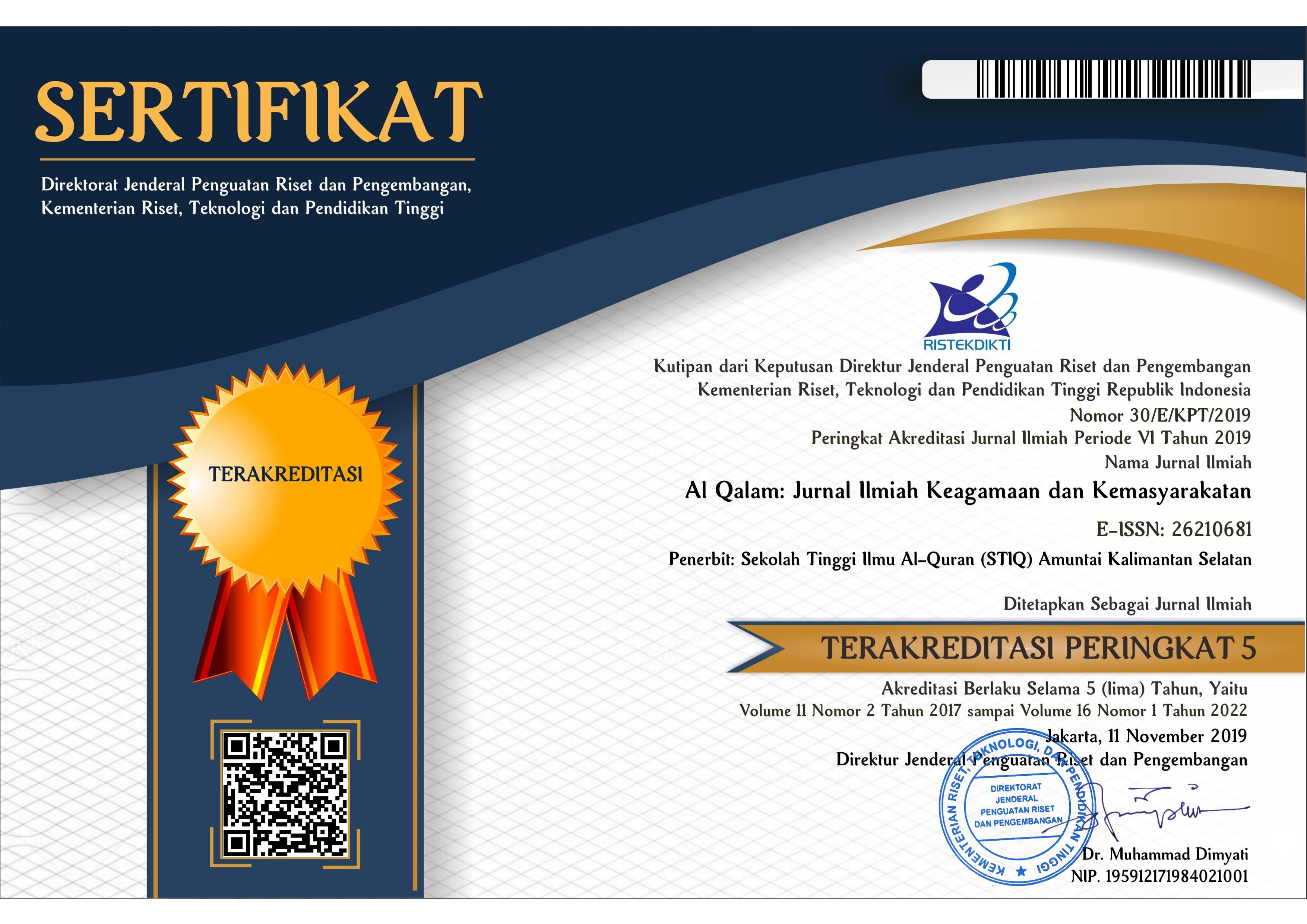Analysis of Selection and Performance of Public Transport Mode In Tarakan City
Abstract
Keywords
Full Text:
PDFReferences
Bruun, Eric, Duncan Allen, and Moshe Givoni. “Choosing the Right Public Transport Solution Based On Performance of Components.” Transport 33, no. 4 (December 5, 2018): 1017–29. https://doi.org/10.3846/transport.2018.6157.
Eboli, Laura, and Gabriella Mazzulla. “Performance Indicators for an Objective Measure of Public Transport Service Quality.” European Transport /Trasporti Europei 51, no. 51 (2012).
European Commission. Directorate General for Regional and Urban Policy. How Many People Can You Reach by Public Transport, Bicycle or on Foot in European Cities?: Measuring Urban Accessibility for Low Carbon Modes. LU: Publications Office, 2020. https://data.europa.eu/doi/10.2776/021137.
European Investment Bank. Evaluation of the EIB Support to Urban Public Transport in the EU (2007-2019): Synthesis Report. LU: Publications Office, 2021. https://data.europa.eu/doi/10.2867/202324.
Fitzová, Hana, Markéta Matulová, and Zdeněk Tomeš. “Determinants of Urban Public Transport Efficiency: Case Study of the Czech Republic.” European Transport Research Review 10, no. 2 (June 2018): 42. https://doi.org/10.1186/s12544-018-0311-y.
Gurjar, Jitendra, P.K. Jain, and P.K. Agarwal. “Comparative Performance Evaluation of Public Transport Services from City Perspective.” Transportation Research Procedia 48 (2020): 2207–29. https://doi.org/10.1016/j.trpro.2020.08.277.
Han, Zhike, Luoyuan Liao, and Gui Wang. “Research on Performance Evaluation Method of Public Transit Routes Based on BCC Model.” Filomat 32, no. 5 (2018): 1887–96. https://doi.org/10.2298/FIL1805887H.
Henning, Theuns, Mohammed Dalil Essakali, and Jung Eun Oh. “A Framework for Urban Transport Benchmarking.” Washington, DC: World Bank, 2011.
Holmgren, Johan. “The Efficiency of Public Transport Operations – An Evaluation Using Stochastic Frontier Analysis.” Research in Transportation Economics 39, no. 1 (March 2013): 50–57. https://doi.org/10.1016/j.retrec.2012.05.023.
Lin, Gang, Shaoli Wang, Conghua Lin, Linshan Bu, and Honglei Xu. “Evaluating Performance of Public Transport Networks by Using Public Transport Criteria Matrix Analytic Hierarchy Process Models—Case Study of Stonnington, Bayswater, and Cockburn Public Transport Network.” Sustainability 13, no. 12 (June 21, 2021): 6949. https://doi.org/10.3390/su13126949.
Litman, Todd. “Evaluating Public Transit Benefits and Costs.” Victoria Transport Policy Institute, 2022.
Mubarok, Rendy Muhammad, and Ludfi Djakfar. “An Alternate Method to Evaluate Public Transportation Performance.” IRJAES 4, no. 3 (2019).
Munawar, A. “Sustainable Urban Public Transport Planning in Indonesia, Case Studies in Yogyakarta and Jakarta,” 2008. https://www.semanticscholar.org/paper/Sustainable-Urban-Public-Transport-Planning-in-Case-Munawar/2e0b948125a64a60452030a18f2f3a852fa36abe.
Pradonoputro, Theodorus Pandhu Bhaskoro, and Otsuka Kozo. “Understanding Commuter’s Motivation of Transportation Choice: A Case Study of Greater Jakarta.” Jurnal Manajemen Transportasi & Logistik (JMTRANSLOG) 8, no. 1 (October 26, 2021): 91. https://doi.org/10.54324/j.mtl.v8i1.507.
Sinniah, G K, X Y Li, and S Abdulkarim. “The Framework for Assessing Public Transportation by Using Competitiveness Index Indicators.” IOP Conference Series: Materials Science and Engineering 1153, no. 1 (May 1, 2021): 012012. https://doi.org/10.1088/1757-899X/1153/1/012012.
Stjernborg, Vanessa, and Ola Mattisson. “The Role of Public Transport in Society—A Case Study of General Policy Documents in Sweden.” Sustainability 8, no. 11 (November 1, 2016): 1120. https://doi.org/10.3390/su8111120.
Wahyuni, Atik, Sri Wiwoho Mudjanarko, and Emil Adly. “Importance and Performance of Public Transportation Services Based On Women’s Perceptions.” Jurnal Rekayasa Sipil dan Lingkungan 4, no. 1 (October 31, 2020): 31. https://doi.org/10.19184/jrsl.v4i1.13580.
Wardman, Mark. “Valuing Convenience in Public Transport: Roundtable Summary and Conclusions.” International Transport Forum Discussion Papers, 2014.
DOI: http://dx.doi.org/10.35931/aq.v17i1.1808
Refbacks
- There are currently no refbacks.
Copyright (c) 2023 Al Qalam: Jurnal Ilmiah Keagamaan dan Kemasyarakatan
Al Qalam: Jurnal Ilmiah Keagamaan dan Kemasyarakatan
index by:
Publish by:
Sekolah Tinggi Ilmu Al-Qur'an Amuntai
Contact us:
Address: Jl. Rakha Pakapuran, Amuntai Utara
Kabupaten : Hulu Sungai Utara
Kode Pos : 71471
Provinsi : Kalimantan Selatan
Telephone : 085251613000
Email: hafizhihusinsungkar@gmail.com

This work is licensed under a Creative Commons Attribution 4.0 International License


